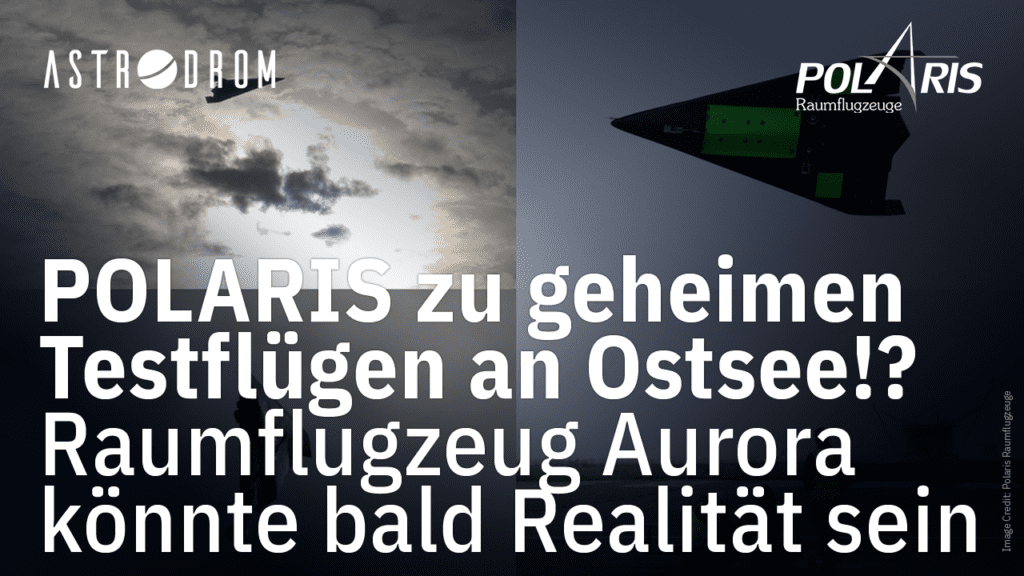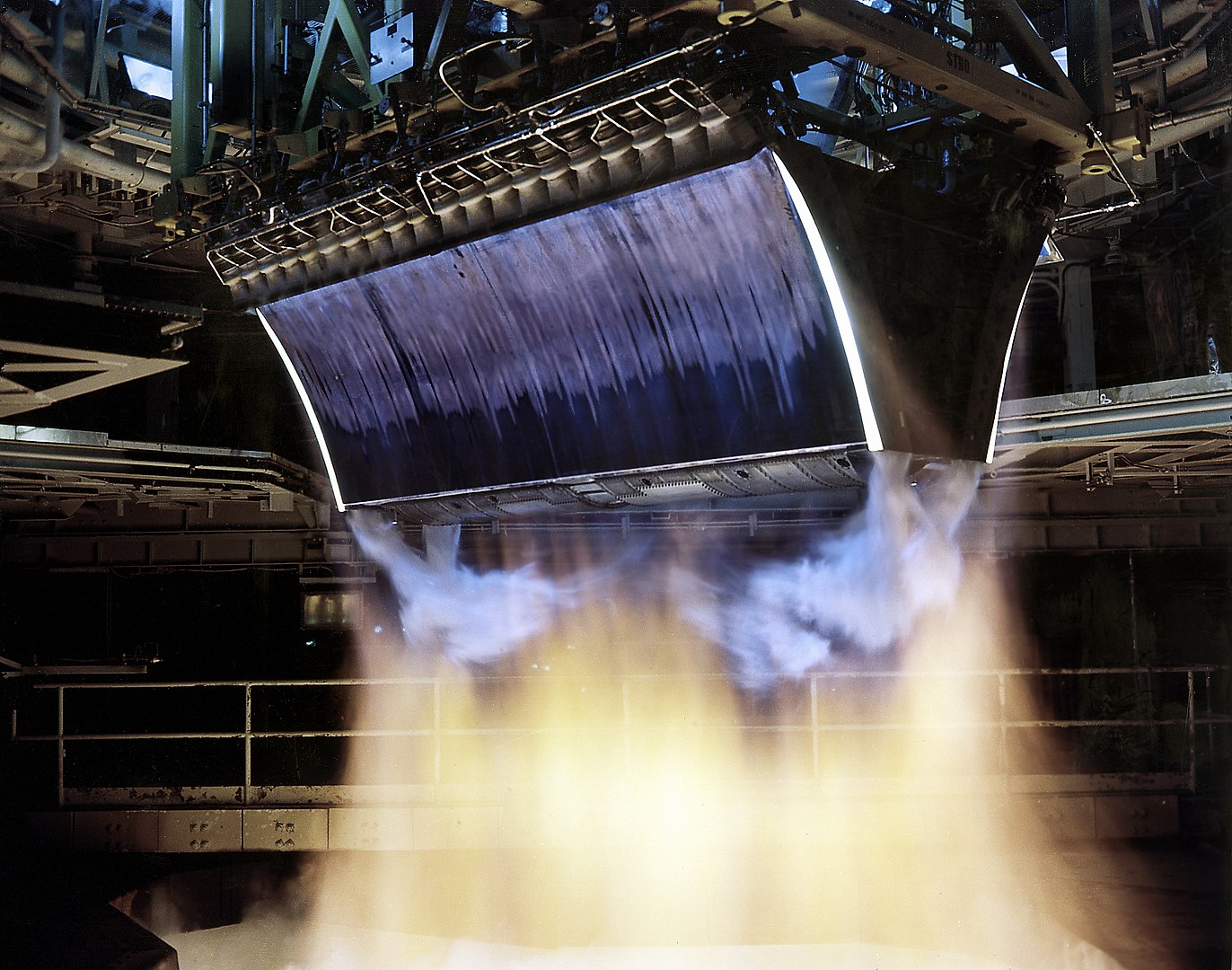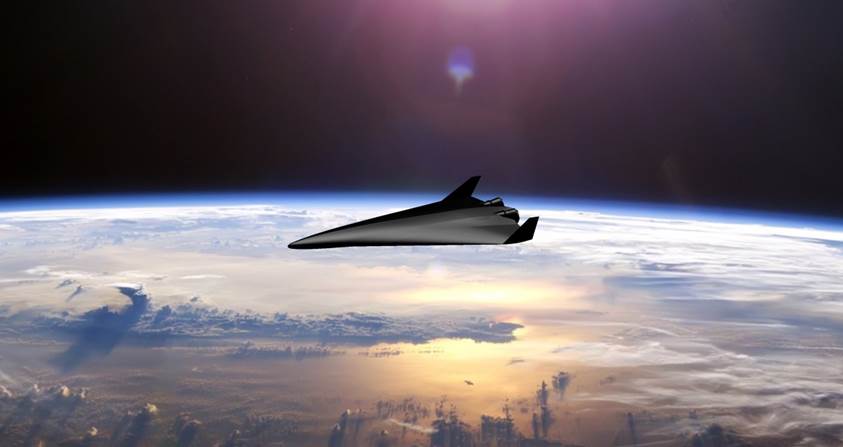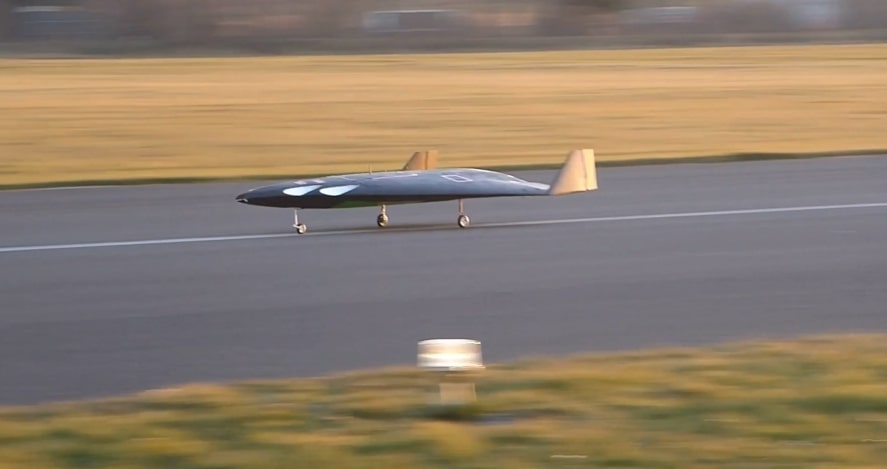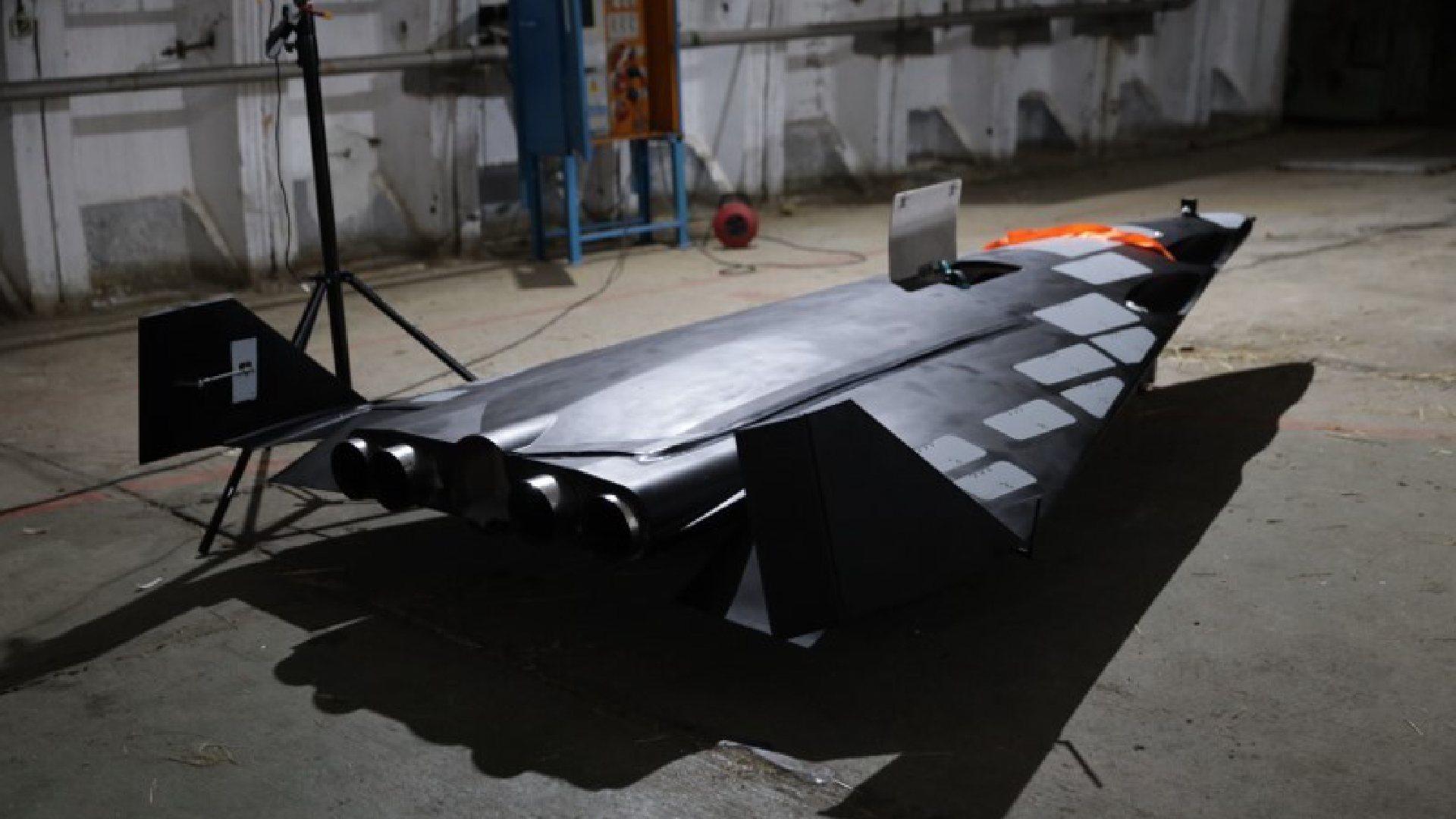
Polaris Raumflugzeuge - Test campaign at the Baltic Sea
Published on Wed, 07.12.2022 – 09:31 CET in Upstream, covering POLARIS RaumflugzeugeThe team from Polaris Raumflugzeuge spent an entire weekend at the Baltic Sea. And it won't be the last time, because the weather initially threw a spanner in the works for the Bremen-based start-up.
It wasn't until the end of October 2022 that Polaris Raumflugzeuge conducted a test campaign in Rothenburg/Wümme. A next one was planned, but what no one knew a few weeks ago is how close they actually are. One factor that should not be underestimated is the weather, which is known to become more volatile towards the end of the year. The fog that occurs especially in the morning and evening hours and often near bodies of water is particularly problematic.
Nevertheless, the POLARIS team set off from Bremen to Mecklenburg-Western Pomerania. Because in the northern part of the island of Usedom there is an airfield that exists in this way nowhere else in Germany. Located north of Peenemünde, the IACO code EDCP refers to a special landing field. It is the only one of about 550 airfields in Germany that meets the conditions for Polaris' test campaign.
- paved runway with sufficient length and width and alignment:
concrete runway 2,400 m x 48 m, orientation 135°/315° (NW, to the open sea) - Access to the test area only for authorized persons:
Population in the municipality of Peenemünde 343*, no settlements in the approach corridor and direct surroundings
*as of December 2021 - sufficiently large and exclusively available airspace
basically available over the Baltic Sea
ED-R Peenemünde - exclusively for Polaris Raumflugzeuge
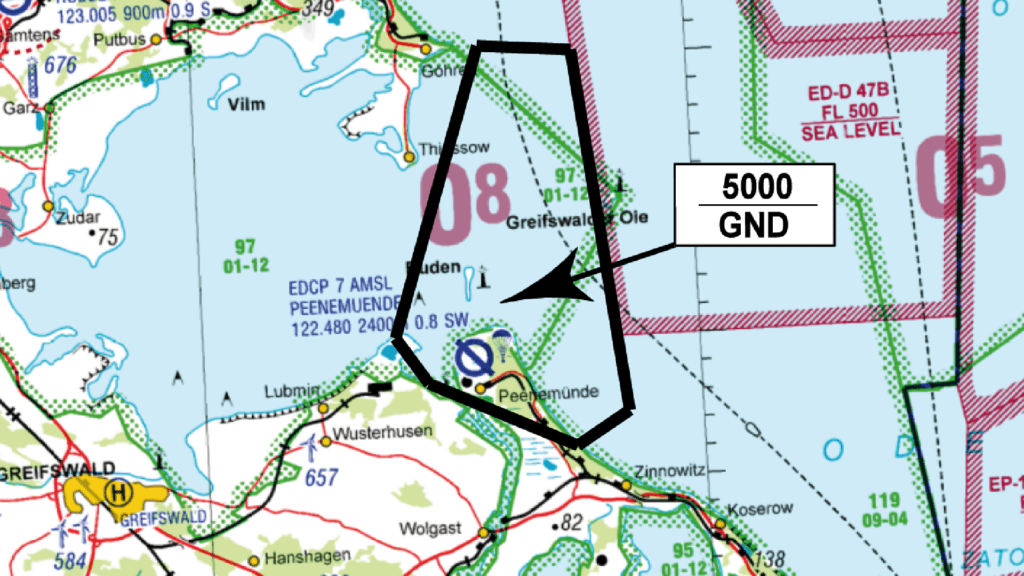
The test campaign at the Baltic Sea also required its own restricted airspace. Reason for this: High-performance tests with demonstrators that have higher weights as well as longer flight distances. The corresponding application for the establishment of a restricted flight area was approved by German Air Traffic Control and the German Federal Ministry of Digital Affairs and Transport. The ED-R Peenemünde was established at the end of October and marked on aeronautical charts. The designation ED-R follows the scheme: E = Northern Europe Region, D = Germany and R = Restricted. However, the restrictions do not apply permanently, but can be activated and deactivated. Once the ED-R Peenemünde is active, an airspace of about 260 square kilometers is reserved for Polaris Raumflugzeuge exclusively.
ALEDA completes further successful flights
The two demonstrators ALEDA and ATHENA were to take off in Peenemünde. ALEDA, the number two, had already completed its first flights in Rothenburg, while ATHENA had "only" completed ground roll tests. This time, however, the time had come - the 120 kg demonstrator, built on behalf of the German Armed Forces, was finally to fly. However, the first flight was made by ALEDA, which had already been in the air several times during the last campaign. At the Baltic Sea, 13 take-offs and landings were added, so Demo-2 has now flown successfully 16 times - and always smoothly. The aim of the last flights was to check the flight stability as well as to determine and adjust the flight controller parameters.
ATHENA initially remained on the ground

Next, ATHENA was to take off, but this was impossible due to dense fog. This is because the operating permit stipulates that there must be clear visibility over a distance of at least 5 kilometers for a flight. During the planned stopover, however, this was not the case. However, as CEO Alexander Kopp told Astrodrom, his team took the next available opportunity and went to Peenemünde once again. The effort paid off, because ATHENA flew. These test flights also went smoothly.
No live images, but big ambitions
However, there will be no live pictures of test flights in the future, as Alexander Kopp revealed. Not everything is subject to the strictest secrecy, but no information will be released to the public without prior examination. This is understandable insofar as the German armed forces are a particularly sensitive institution, which per se does not provide unrestricted insight into the development of new technologies.
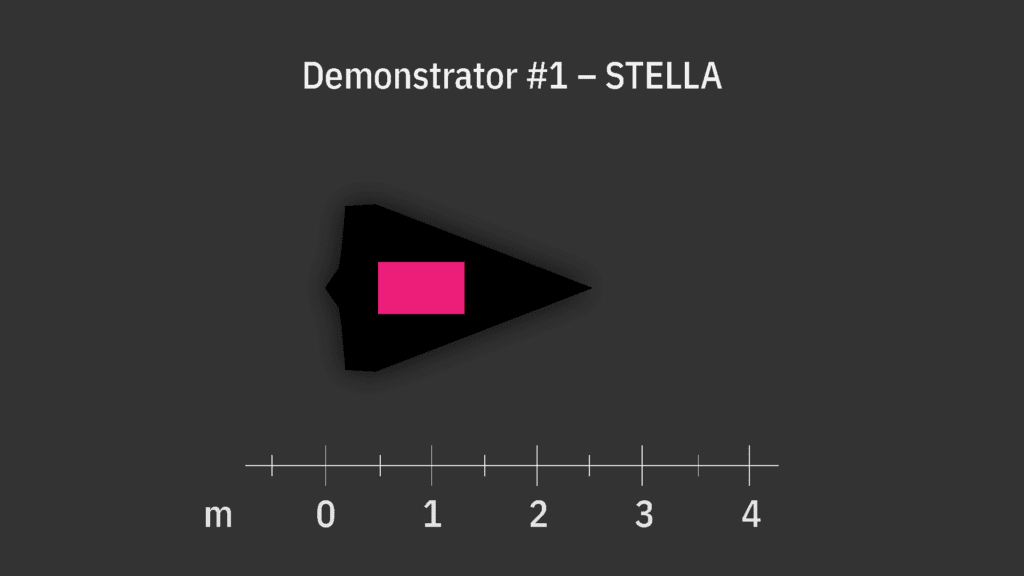
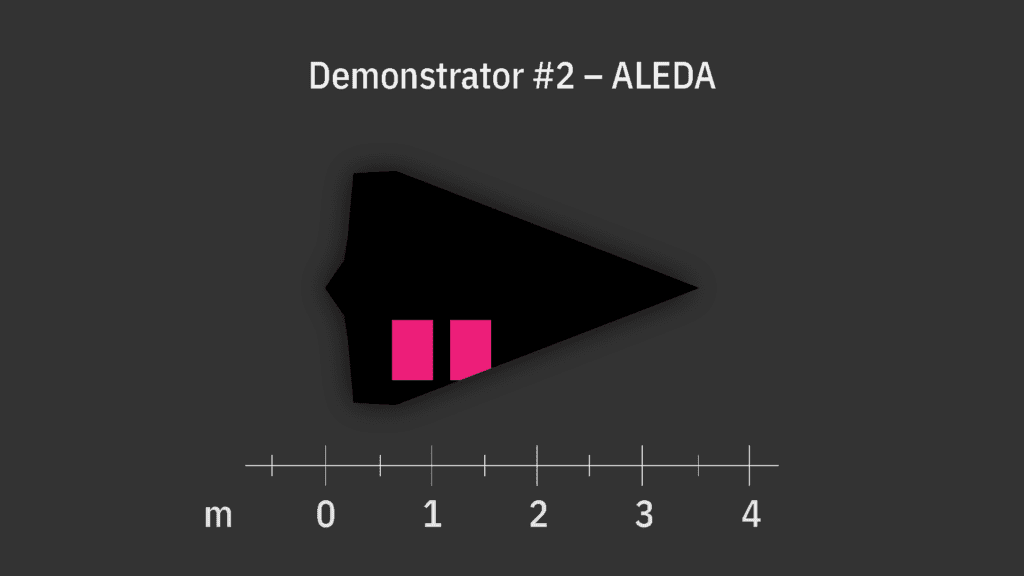
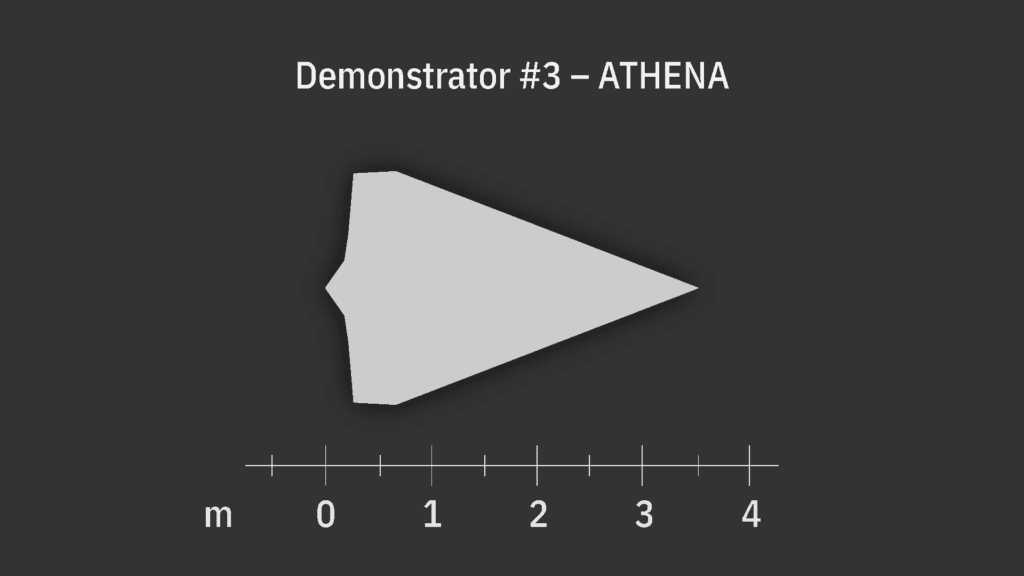
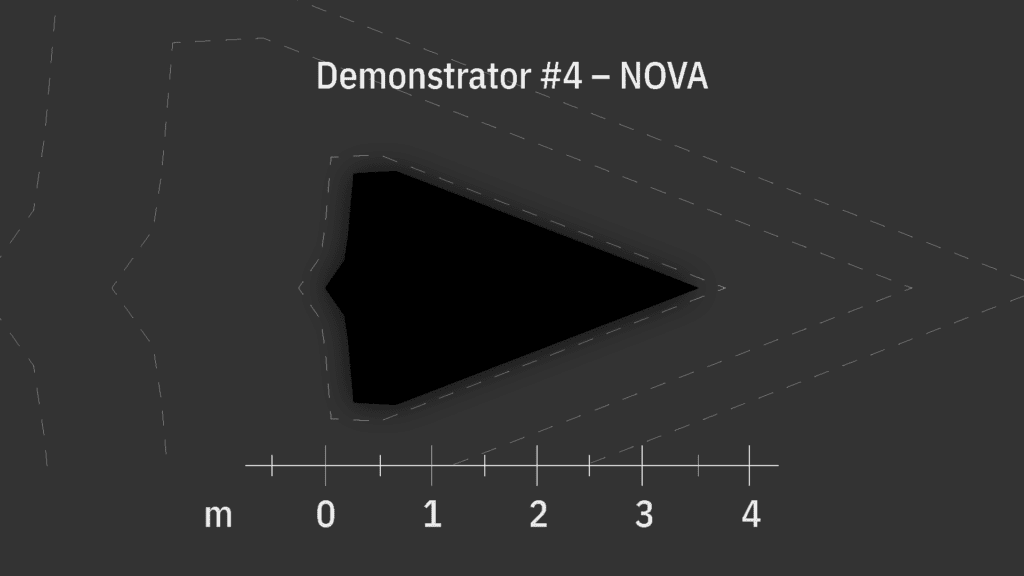
Nevertheless, it remains exciting: Because the current campaigns are only a starting point. There will be further flights at Peenemünde in 2023. And the demonstrators will become increasingly powerful and larger. The ultimate goal is to launch payloads of up to 1,000 kg into space with the AURORA spacecraft. With the successful test campaigns, Polaris Raumflugzeuge is a significant step closer to achieving this goal.
Watch this on YouTube (ger)
